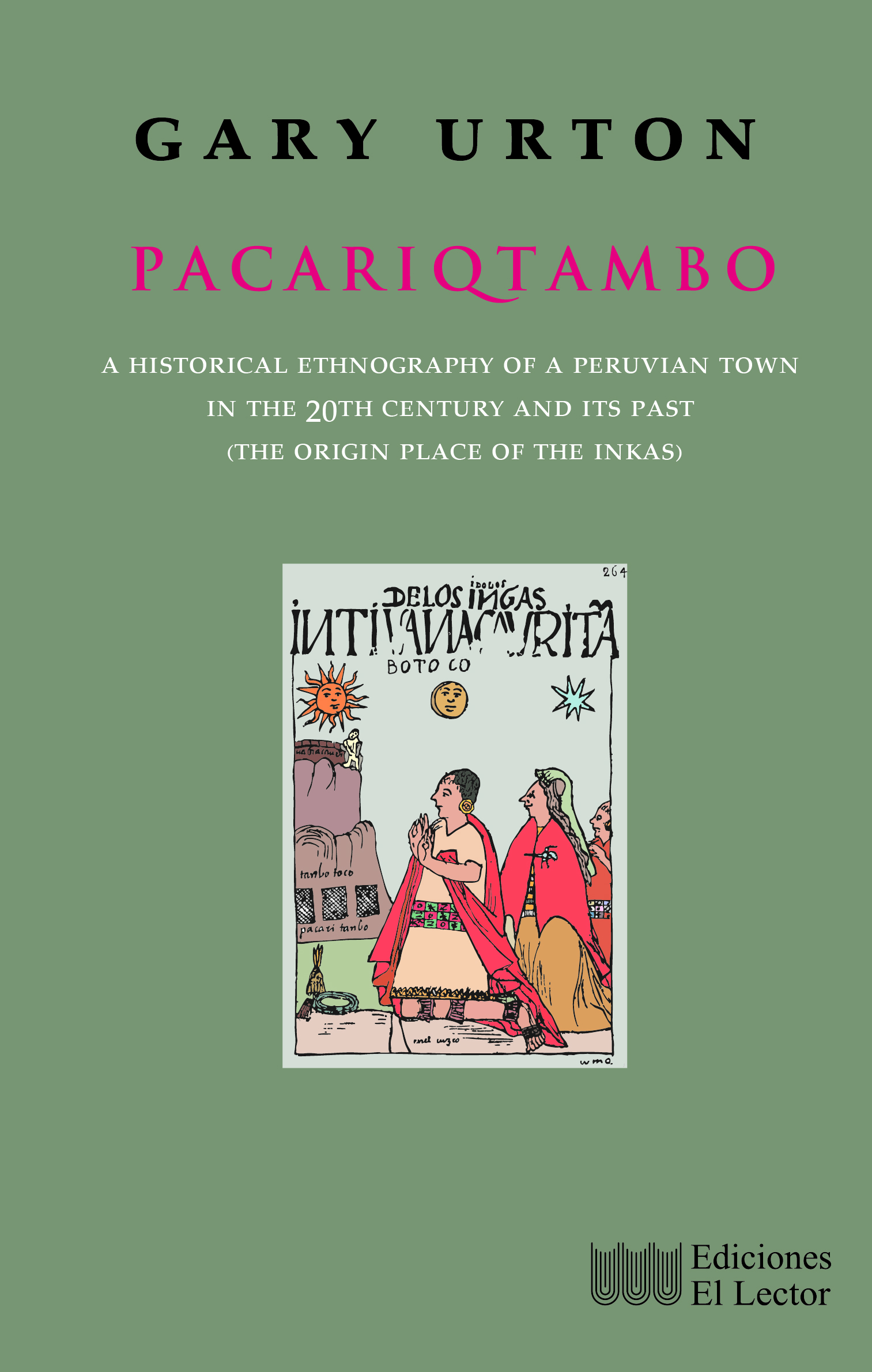PACARIQTAMBO: A historical ethnography of a peruvian town in the 20th century and its past (the origin place of the inkas)
S/ 50.00
The place known as «Pacari[q]tambo» has held special significance in Peru and the whole of the central Andes from the time of the Inkas, through the Colonial and Republican eras, and down to the present-day. For this was the place that the Inkas recognized as their origin site, which was located south of the city of Cuzco. The Inka ancestors were said to have emerged from inside the earth through the central of three caves —called Tambo T’oco— at Pacariqtambo. From there, the Inkas moved to the north where they founded the city of Cuzco, capital of their empire.
In the 1980s, the anthropologist Gary Urton, along with his wife, Julia Meyerson, lived in the modern town of Pacariqtambo for two years (1981-82 and 1987-88). While working in the agricultural fields with local farmers, as well as in studying documents held in local archives and those in Cuzco, Urton came to a unique understanding of Pacariqtambo in the 1980s and of what this knowledge implied about the town in earlier times.
This ethnography focuses on the structure and organization of 10 ayllus (kinship, land-holding, and ceremonial groups) within Pacariqtambo during the 1980s. This includes descriptions of how public labor was organized around the ayllus, especially in their assignment of portions of work tasks, called chhutas. This richly illustrated ethnography holds much of interest for students of present-day community organization in the Andes and for community organizations moving into the 21st century —as well as implications for understanding the Colonial and Inka pasts.
PACARIQTAMBO: A historical ethnography of a peruvian town in the 20th century and its past (the origin place of the inkas)
S/ 50.00

